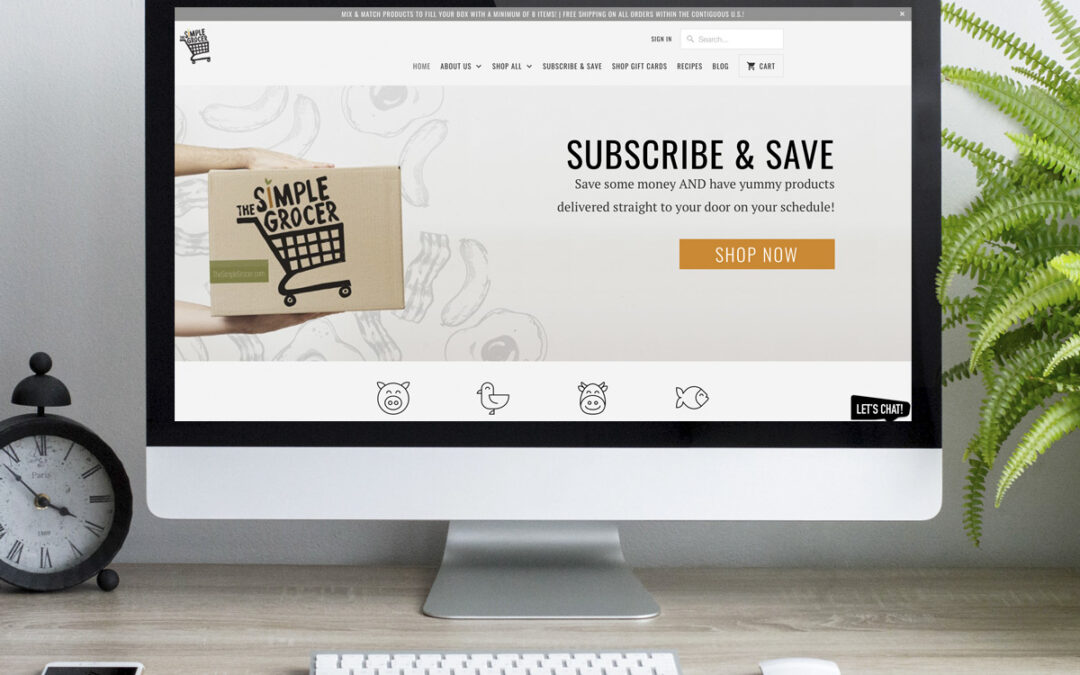
by Amy | Nov 18, 2020 | EDDM, Public Relations, Traditional Marketing, Website
Many of us eagerly anticipate and look forward to the holidays. It’s a time for celebration, family, good food, and what we hope is just the right amount of snow. With Thanksgiving fast approaching, we’re quickly coming into the 2020 holiday season. As a business...

by Amy | Sep 24, 2020 | Traditional Marketing, Videography
Originality This harkens back to creating empathy and being genuine. Being original can be challenging, but the key to originality goes back to what we covered in the Week 1 section. Find out who you are, what you do, and be unequivocally that. There’s an old...

by Amy | Sep 9, 2020 | Traditional Marketing, Videography
LEVERAGING WHAT YOU PROVIDE – YOUR PRODUCTS & SERVICE A powerful aspect of video is the way it can illustrate and showcase what you provide to people in a way that allows them to quickly see the benefits and value of that product or service. Video gives you...

by Amy | Sep 8, 2020 | Publications, SEO Strategy, Traditional Marketing, Videography
EMPATHY (COGNITIVE, EMOTIONAL, COMPASSIONATE) Do you care about the people your actions affect? Of course you do! Actions are what show people who you are and what it is you’re made of. You can help people relate to you by showing people who you are. One thing...

by Amy | Sep 1, 2020 | Photography, Videography
If you’ve ever taken a class on just about any kind of writing, you’re sure to have heard the words ‘show, don’t tell.’ When it comes to writing, it’s important to let people come to their own conclusions about the actions your characters are taking – instead of...

by Amy | Jul 15, 2020 | Website
More and more people are shopping online whether out of convenience or necessity. As a retail business owner, you may realize that having an eCommerce website is becoming imperative, but you just don’t know where to start. Here at Root & Roam Creative Studio, we...







